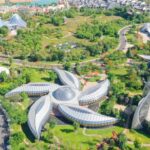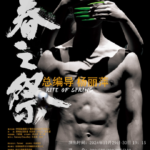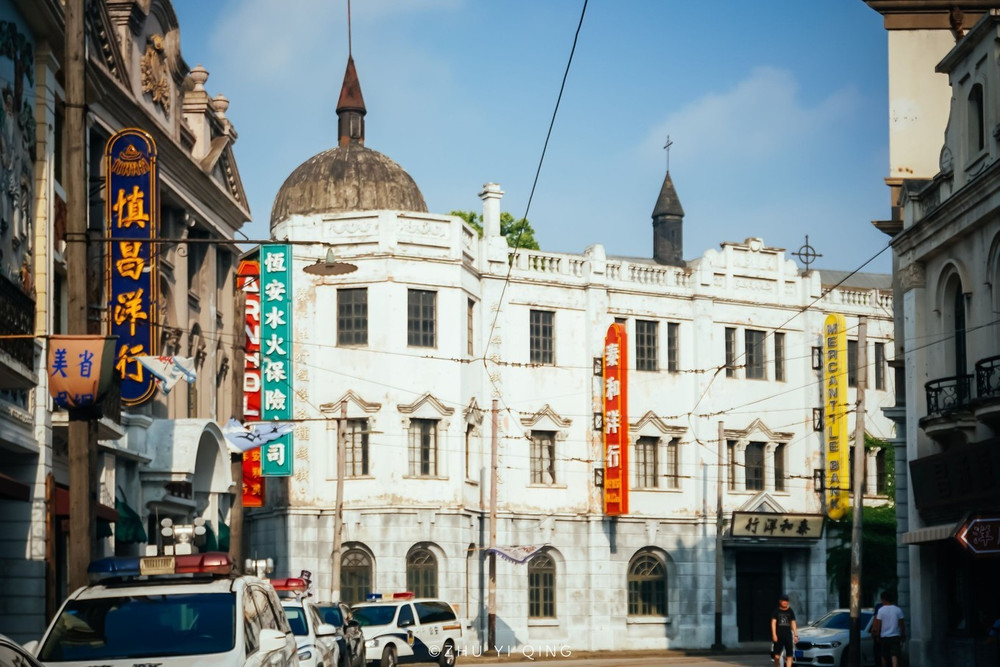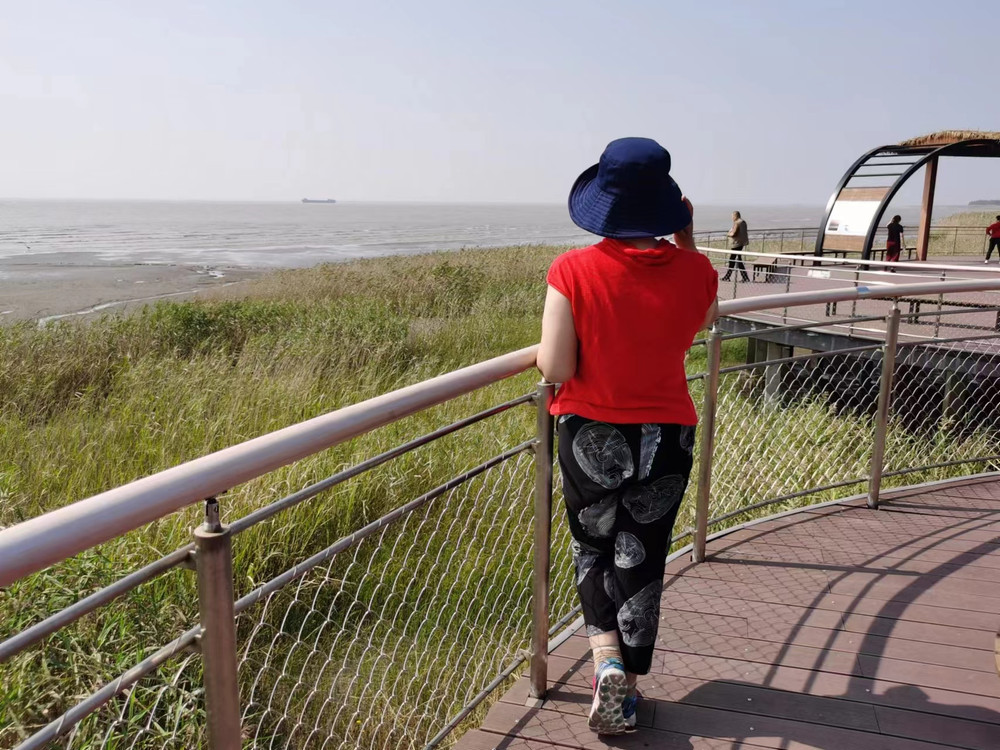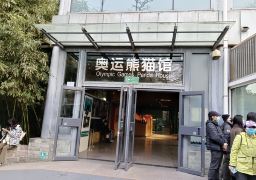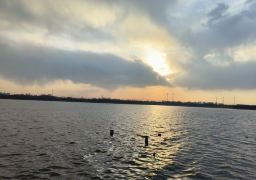‘Wang Yuping 2024’ is not a retrospective. It divides the works into two parts and extracts some real scenes from the paintings to create a passage connecting two spaces. In the first part, we present Wang Yuping’s indoor, object, and figure series in recent years. These are the contents that Wang Yuping often depicts and are also the most representative artistic features of the painter. To reflect the relationship between the works and ordinary life, we try to place some slices, corners, and memory fragments from the painter’s studio in the exhibition hall, or an unfinished scene from a painting without a background. We hope to give the audience a sense of being on the scene, just like stepping into a picture within a picture or a play within a play, to break through time and space and echo the works on the wall. Also, to make it more life-like and not make looking at paintings seem too serious and stressful, these furniture can be sat or reclined on. One can relax and rest casually or view the works just like at home. These indoor paintings full of life’s distractions create an extraordinary sense of intimacy and also make Wang Yuping one of the rare ‘indoor painters’ in China. The messy items on the table and the casual placement relationship imply the relaxation of family and daily life. In this relaxed and lazy atmosphere, we can not only peek into the artist’s life but also reflect ourselves like a mirror, those living rooms seldom shown to others, clothes piled on the sofa, and cups with coffee stains in the kitchen. This is the meaning of indoor paintings. Life is so boring yet beautiful. In the second part, we display Wang Yuping’s landscape series in the form of long scrolls, murals, and contrasts to echo the artist’s combination of Eastern and Western forms and aesthetics in his years of practice. In the landscape paintings on the long table, Wang Yuping borrows the constantly changing situations in the city to explore the possibilities of color and form and develop a more personalized method. He will transcend the natural appearance to enhance the vivid contrast relationship of colors and the writing nature of brushwork. The scenery in the second ring road of Beijing, the leisurely time in the coffee shop, the apartment or room during the journey has always been the source of his creation. In those changes of light, scenery, and flow, he captures some factors that ordinary people seldom pay attention to. Moving cars, messy wires, bright traffic signs, or lanterns in winter become the most eye-catching contents in the paintings and also a hub connecting private life and public scenes between the two spaces. The time and space in Wang Yuping’s paintings are diverse. The images in past picture albums have become another theme he often depicts. Although he has a special preference for those things full of changes, he does not just record what he sees in front of him and is seldom satisfied with his first effort.
The ‘Hunting Scene’ is the most representative work with the longest span. This piece began in 2017 and has spanned several years. Through repeated creation, the ‘subject’ has become less important. Instead, the focus is on how to achieve formal innovation and linguistic experimentation through re-examination and modification, allowing ‘creation’ to replace ‘depiction’ as the center of painting.
At the end of the exhibition, we present another ‘time’, contrasting early landscapes, still lifes, interiors, self-portraits with those of today. The distance between the paintings also reveals the transformation of Wang Yuping’s life path and worldview: he became famous in the 1990s for his expressive and oppressive creations. Years later, he returned to ordinary life, focusing on art itself to record an honest and scattered daily life. This is the significance of this exhibition, in this era full of pressure, how to temporarily let go of tense nerves and find a relaxed, lazy, and comfortable life for oneself. Just as the painter’s title suggests: a day of getting up early, staying for a while, and then taking a nap. Curator: Cui Cancan. The exhibition is open from 11/8 to 1/5, with specific business hours subject to the day’s opening status.